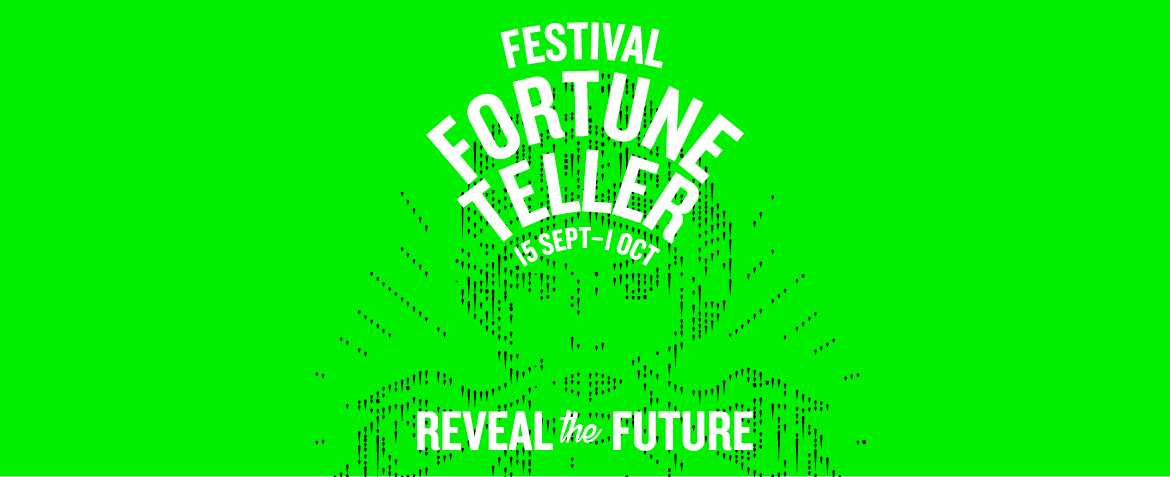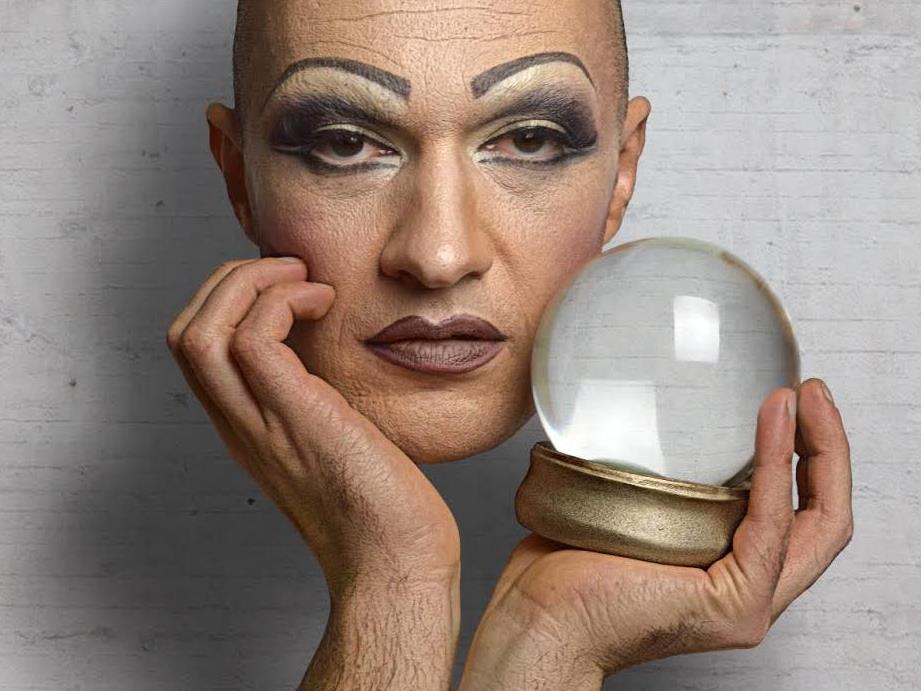Image: Madame Tulalah’s Magnificent Box will be showing at Melbourne Fringe.
Marketing used to be simpler. You designed a poster, printed some postcards and booked advertising. When e-marketing came along, many companies just translated their traditional marketing strategies to e-flyers and web posts.
But in an age of information overload, marketing requires creative thinking. A clever campaign doesn’t just sell a show; it raises the profile of an organisation, builds new revenue streams, and breaks into new audience markets as well as selling more tickets.
The Marketing Innovation Fund run by Creative Victoria provides grants to organisations in the small to medium sector so they can try new ideas and launch innovative marketing strategies.
Alice Nash CEO of Back to Back Theatre said a grant from the Fund gives arts organisations ‘the space required to re-think how we communicate with our audiences, to push boundaries around marketing content, and to take risks to unearth new audiences’.
Tom Mosby, CEO of Koorie Heritage Trust, adds that the Fund enables the small to medium sector to try new ideas for audience development. ‘As small not-for-profit organisations competing with other organisations for funding, these types of programs enable us to experiment and innovate in how we position and promote ourselves to our audience.’
Here are five great marketing ideas tested with Marketing Innovation Fund grants to show you how to think outside the box.
1. Ask the fortune teller | Melbourne Fringe
With 463 events, the biggest marketing problem for Melbourne Fringe is audiences just don’t know where to start.
Its innovative marketing solution is a Festival Fortune Teller, a kind of computerised quiz game on the Fringe website. The fortune teller offers players a series of options such as Salvador Dali or Lucille Ball? Las Vegas or New York? Science or pop culture? With the answers, it selects nine shows that it predicts the player will like, using an algorithm derived from tags against every show and every question. Choose Las Vegas, it will predict you like cabaret. Declare gay politics as a priority, it will narrow down to a gay cabaret show.
The fortune teller is part of a package that also includes a gateway where you can choose shows by mood and a live fortune teller, a one-on-one performance by ‘part drag queen, part automaton’ Madame Tulalah. Oh, and there’s a regular search by keyword, genre and so on for those who don’t like rolling the dice.
Fringe Creative Director and CEO Simon Abrahams said the fortune teller was fun for audiences but also a practical marketing solution.
‘It’s about helping people navigate the Melbourne Fringe program because our festival is about doing something different. We don’t want people to be overwhelmed and just go for the most obvious names. People need help.’

2. Announcing presence | The Koorie Heritage Trust
A cheeky twist on an iconic contemporary artwork was the stroke of creative thinking behind the video that the Koorie Heritage Trust created with its Marketing Innovation Grant.
The work referenced the iconic performance piece The Artist is Present, in which audiences lined up to sit opposite artist Marina Abramovic. The Trust created The Aborigine is Present, which included a live ‘sit in’ with an Aboriginal artist within the Koorie Heritage Trust. The event was simulcast on the big screen at Federation Square.
‘The performance’s title “The Aborigine is Present” was an innovative means of announcing the presence of the newly relocated Trust at Federation Square,’ said Tom Mosby, CEO of Koorie Heritage Trust.
Apart from the marketing value, Mosby said the activity had powerful social content, enabling participants to engage with Aboriginal artists in new ways.
The Aborigine is Present from Koorie Heritage Trust on Vimeo.
3. Double the money | Finucane & Smith
International cabaret and theatre provocateurs Finucane & Smith used their Marketing Innovation grant to launch an eight-month marketing campaign that combined art, experience and pragmatism.
To raise brand profile the company made innovative use of its symbol, a blood red heart, which appeared in various guises: treasure hunts, handmade ceramic and textile heart artworks, fine-art hand-paintings that acknowledged sponsors, video trailers and stories online.
To attract new audiences, Finucane & Smith created audience experiences and adventures including picnics, private hand-decorated bus tours and backstage candlelit show-passes.
To target new audience segments Finucane & Smith set up a ‘cheap-as-chips peanut gallery’ for the cash-strapped to attend shows and to raise the company’s profile in the sector they ran a #freeforartists campaign shouting independent artists tickets to their shows.
‘These marketing innovations combined had an extraordinary effect,’ said Moira Finucane. ‘As a direct result, combined with great delivery of art, ambition and inspiration, Finucane & Smith doubled the audience and supporter contribution to their projects from 45K to 90K in 6 months.
‘This campaign began with art, generosity and rewards and ends with bums on seats, great brand recognition, deeper engagement with audiences, artists and supporters.’
.
4. Prompting social engagement| Western Edge Arts
Western Edge Arts put social media to creative use with its #CalibanSt campaign. To engage people around its 20-minute performance at a street festival, the company filmed the show in advance and then created Twitter accounts for the characters. These fictional Tweets were soon supplemented by conversation from potential and actual audiences.
As the show was performed, audiences were encouraged to keep Tweeting, Instagramming or Facebooking. ‘Police officers’ urged people to advise them on #CalibanSt if they saw ‘wanted’ characters.
The Tweets and Posts were integrated into an interactive film, which allows future audiences not just to watch the performance but to click through and follow a related Twitter thread or visit a relevant website.
‘The idea was to get more engagement which it really did. We tripled the amount of traffic on our social media. We thought it was really fantastic,’ said Western Edge General Manager Sally Farr.
Farr said while it was difficult to judge whether the campaign increased audiences because of the street festival setting it was clear that it had helped branding and dramatically altered engagement and interaction with the show. ‘Certainly in terms of increasing our online presence, it was great,’ she said.
5. Provoking questions | Back to Back Theatre
Back to Back Theatre is known for producing work that is uncomfortable and unsettling. As a mixed ability theatre company, it breaks down stereotypes about disability and forces audiences to question their own assumptions.
Back to Back Theatre used its Marketing Innovation grant to film a series of short videos, which asked provocative questions. Ensemble member Scott Price interviewed industry peers around the topic of provocation in the arts.
The videos gave the company traction online, receiving thousands of views across multiple channels. They also had additional benefits: as a result Price has been cast in a role for a feature film.
The Inside Creative State Report is brought to you in partnership with Creative Victoria. Creative State is a Victorian Government strategy for growing Victoria’s creative industries across arts and culture, film and television, design, digital games and fashion. An expanded Marketing Innovation Fund is one of the strategy’s 40 actions.





